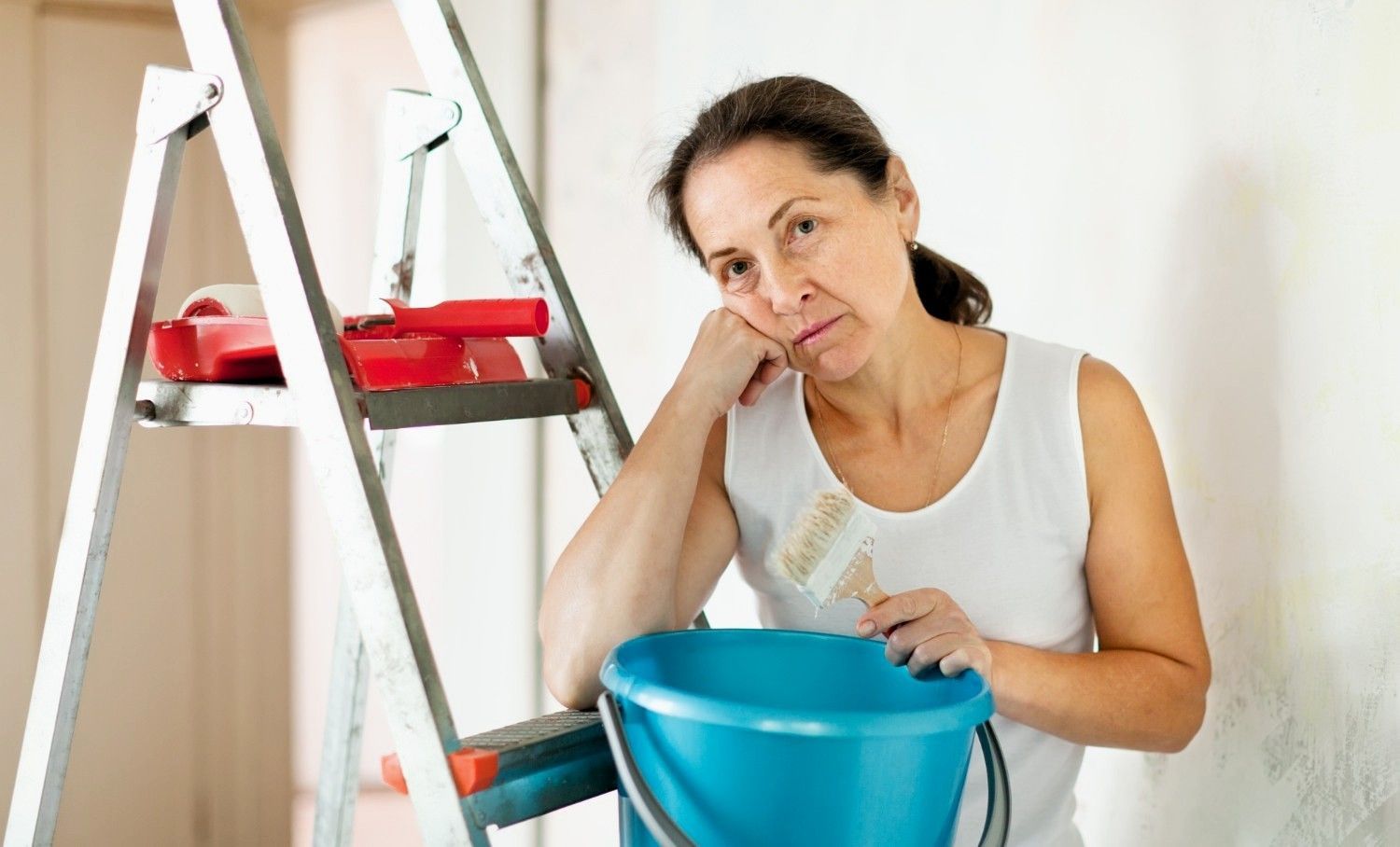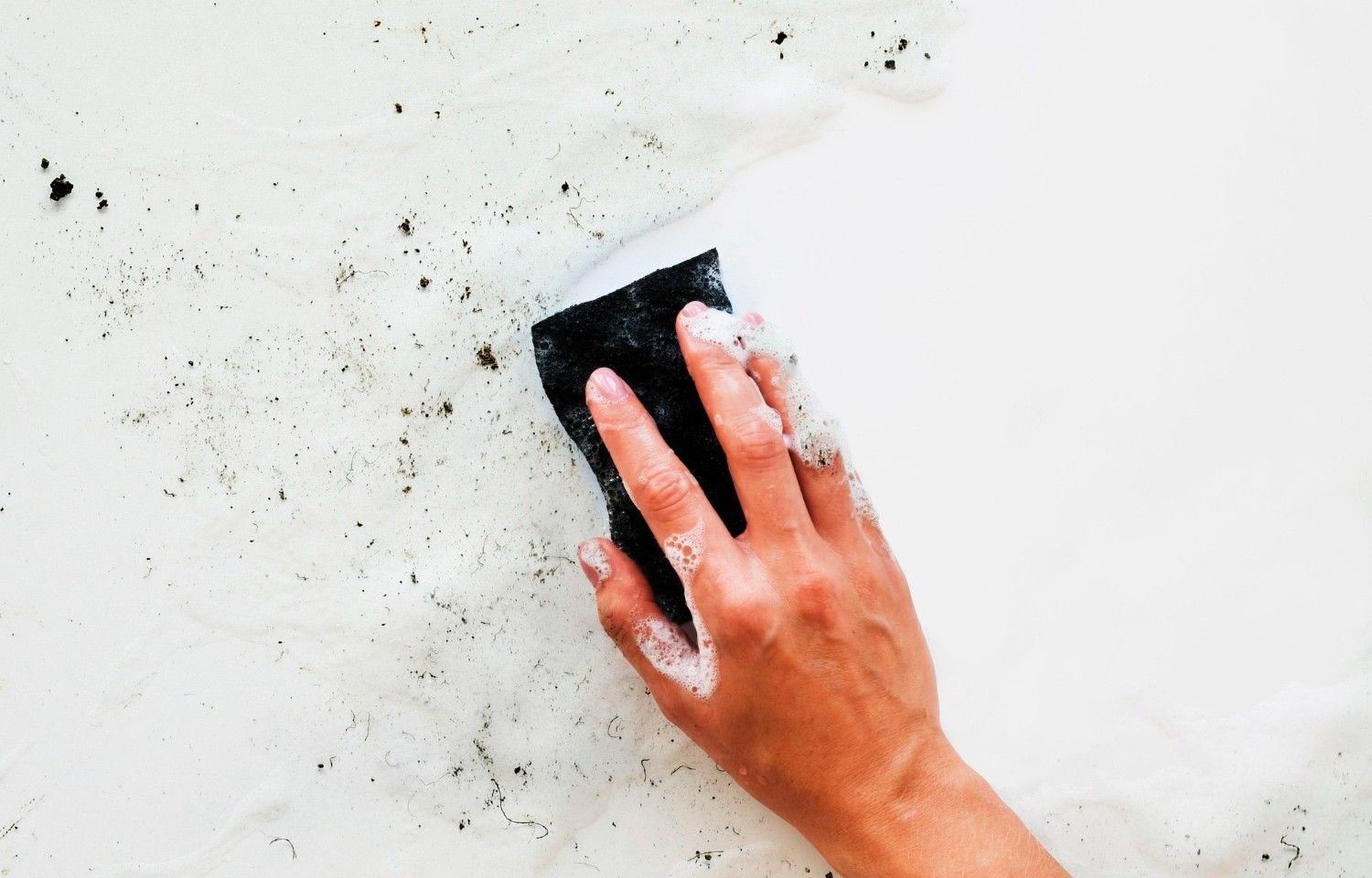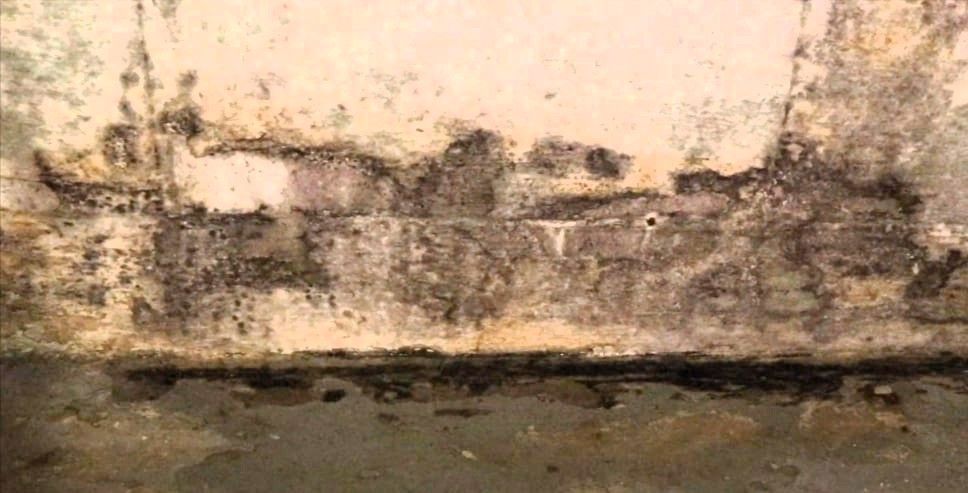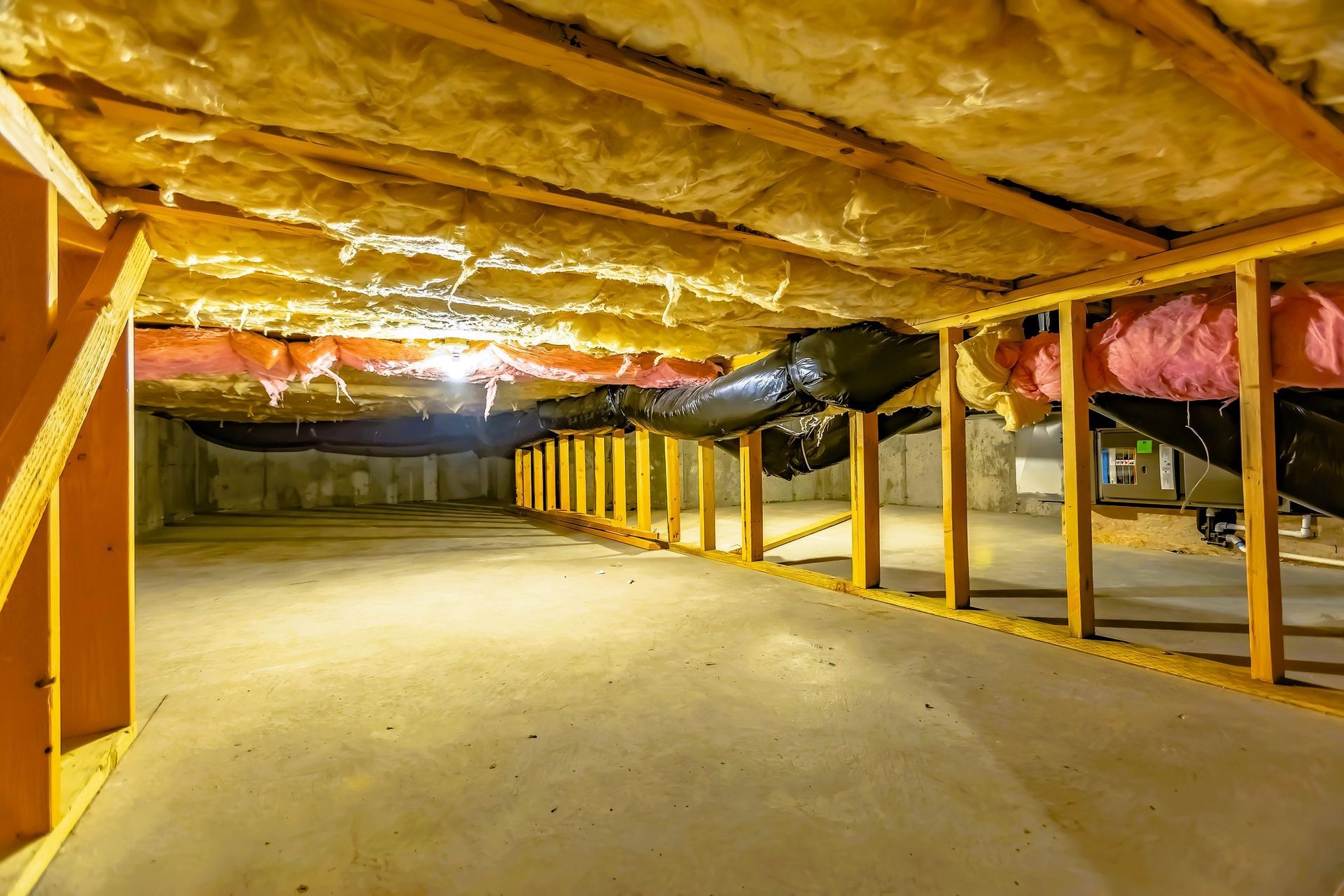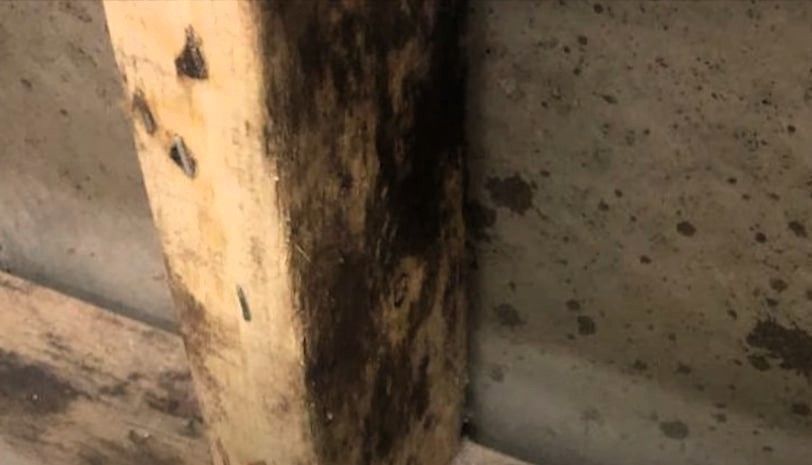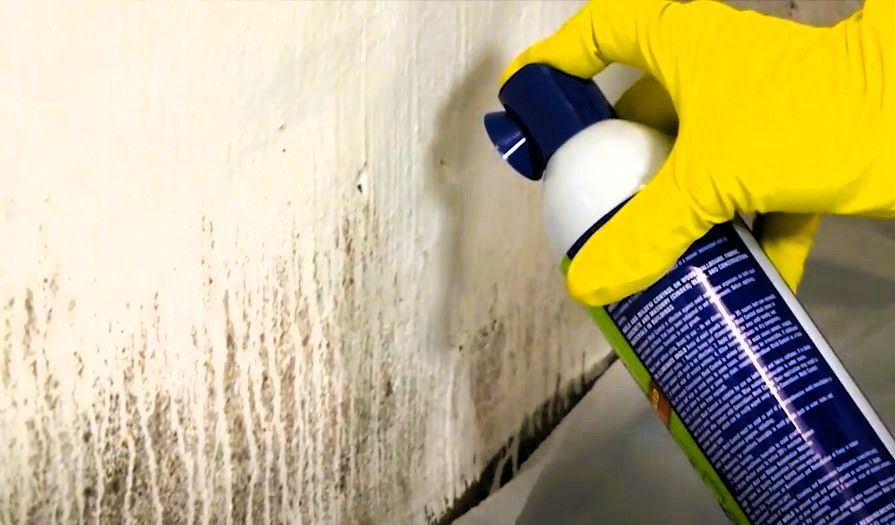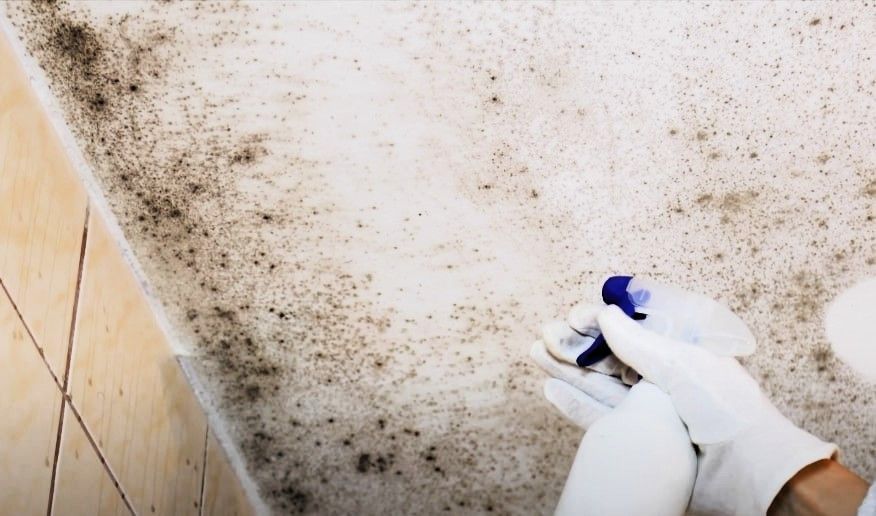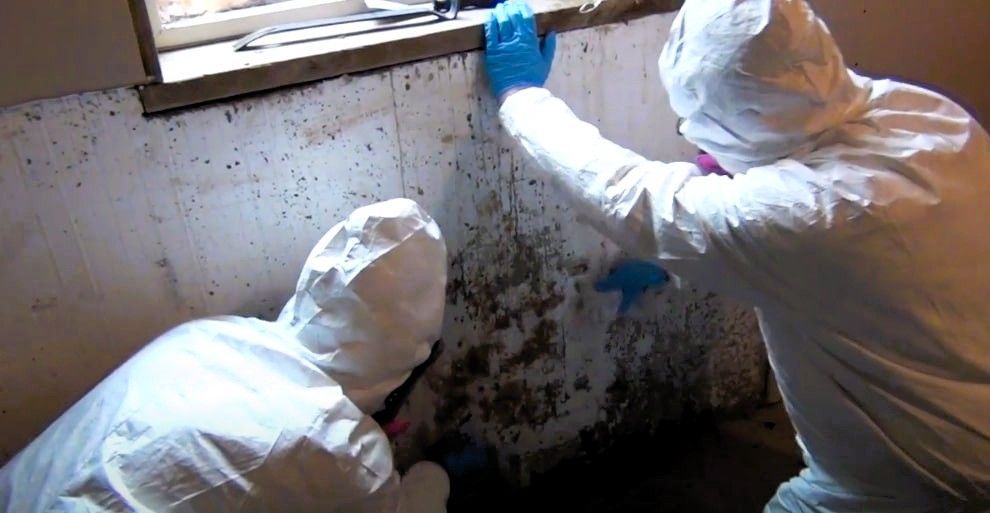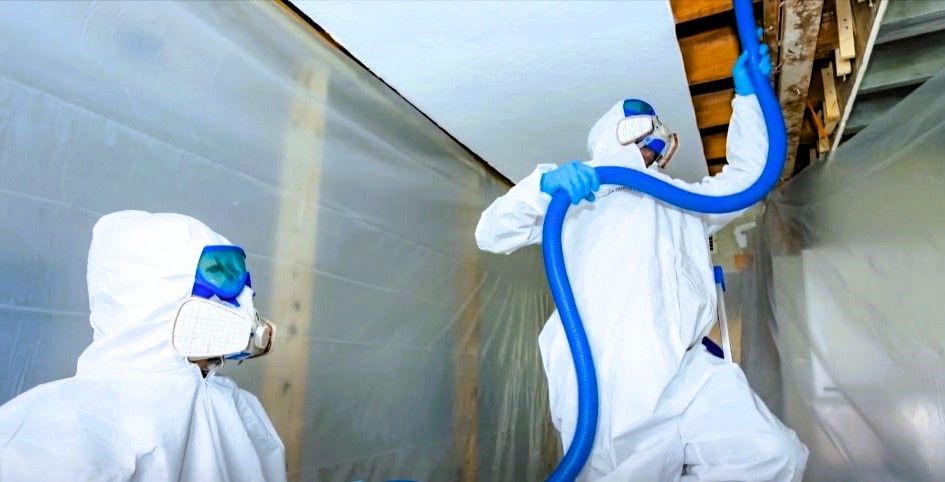How to Get Rid of Mold Under the Floor: A Homeowner's Guide
What every homeowner needs to know to eliminate mold under their floors!
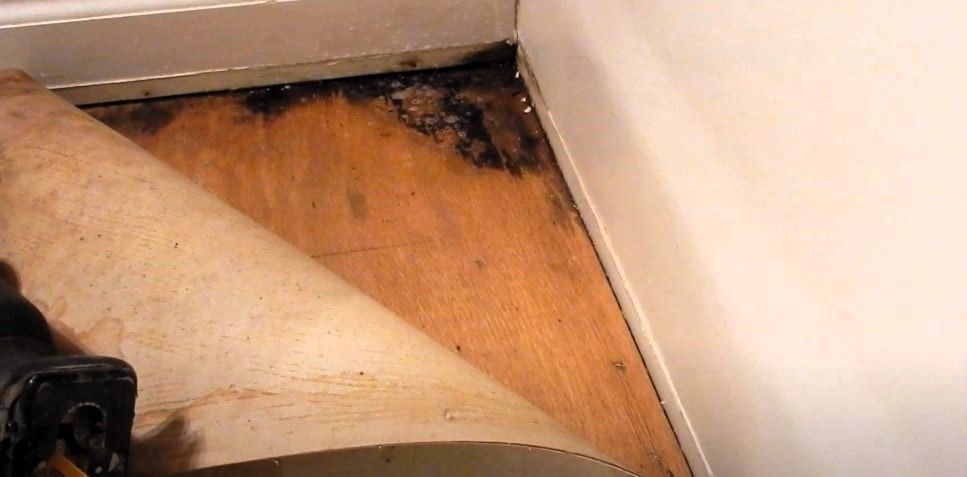
Mold under your floorboards is like a bad secret—it stays hidden until one day it bursts out, making your home smell musty, damaging your floors, and even messing with your health. If you've spotted strange smells, moisture, or unexplained patches of mold, it's time to get hands-on and tackle the issue head-on! In this guide, we’ll help you evict mold from under your floors and keep it from coming back.
Why Mold Loves Your Floors (and How to Stop It)
Mold is sneaky. It hides in dark, damp spaces where you least expect it—like under your floors. Here’s why that space is mold’s favorite hangout:
- Leaky Pipes: Mold can’t resist a slow drip. Check for any plumbing issues that are turning your home into a mold paradise.
- High Humidity: Basements and poorly ventilated rooms are like tropical vacations for mold—damp, humid, and perfect for growth.
- Water Damage: If your home has ever seen flooding or serious leaks, mold might’ve already RSVP’d to move in, especially if the water damage wasn’t fully fixed.
Ready to show mold the door? Let’s dive into how to banish it for good.
Step 1: Spot the Problem
Before you go full force into mold cleanup, you need to make sure mold is really the culprit. Here’s a guide on how to proceed:
- Detect the aroma: Is there a musty scent reminiscent of a forgotten, damp cellar? That musty odor is a classic mold clue.
- Look for signs: Water stains, warped floors, or, yes, actual visible mold spots are big red flags.
- Moisture check: Use a moisture meter to see if the area is damp. If it reads over 16%, you’ve got a moisture issue inviting mold to stick around.
Step 2: Gather Your Mold-Fighting Arsenal
Once you know mold is underfoot, it’s time to gear up. You will require:
- Safety Essentials: Equip yourself with gloves, goggles, and a mask. Seriously, inhaling those mold spores is the last thing you want!
- Cleaning Solutions: A store-bought mold remover works, or go the DIY route with a vinegar-water mix or hydrogen peroxide solution.
- Scrubbing Tools: Sponges, brushes—whatever you’ve got that can scrub away mold without tearing up your floor.
- Dehumidifier: Mold loves moisture, so a dehumidifier will help dry things out after you’re done.
Step 3: Prep the Area
Before you start scrubbing, take a few precautions to keep the mold from spreading:
- Ventilate: Open windows, turn on fans—get the air moving to prevent spores from taking over your house.
- Seal it off: Use plastic sheeting to block off the work area and keep the spores contained.
- Clear the space: Move furniture and belongings out of the way, unless you want them to become mold’s next victim.
Step 4: Scrub That Mold Away
Now it’s time to get to work:
- Use your cleaning solution: Generously spray the affected area with mold and allow it to rest for 10-15 minutes for maximum effectiveness. This gives it time to do the hard work of killing those mold spores.
- Gently scrub away: Take your brush or sponge and carefully scrub to eliminate the mold without damaging the surface. Be thorough, but don’t go overboard—no need to wreck your flooring while you’re at it.
- Clean and Towel Off: Splash the area with fresh water to rinse, then make sure to dry it completely with a cloth. This is key—if you leave moisture behind, mold will just throw a welcome-back party.
Step 5: Fix the Root Cause
You’ve cleaned the mold, but if you don’t tackle the moisture issue, it’ll come back for an encore. Here’s how to prevent that from occurring:
- Fix any leaks: Inspect your plumbing for issues. That slow drip isn’t just annoying—it’s a mold magnet.
- Ventilation is your friend: Install exhaust fans in humid areas like basements and bathrooms to keep the air flowing.
- Dehumidify: Keep the humidity below 50%—that’s the sweet spot for keeping mold out.
Step 6: Keep an Eye on It
Mold doesn’t need a formal invitation to return. Stay on top of things:
- Routine assessments: Routinely inspect beneath your floors for any indications of moisture or emerging mold issues.
- Humidity management: Implement moisture barriers in crawl spaces and monitor the humidity levels in your home diligently.
- Plumbing checks: A well-maintained plumbing system is mold’s worst enemy.
When to Bring in the Pros
If the mold problem is bigger than you expected—think more than 10 square feet—or if it’s caused by something serious like sewage, it’s time to call in the experts. Grand Rapids Mold Relief specializes in safe, effective mold remediation. We’ve got the gear, the experience, and the know-how to get rid of mold and make sure it stays gone. Give us a call, and we’ll help you reclaim your home from mold for good.
Final Thoughts
Mold under the floorboards is more than just a nuisance—it’s a health hazard and a home wrecker if left unchecked. However, by taking the proper steps, you can send it packing and prevent it from returning. Remember, prevention is key: keep your home dry, ventilated, and well-maintained to make sure mold doesn’t stand a chance. And if you’re not sure where to start, don’t hesitate to
contact Grand Rapids Mold Relief. Leave the challenging tasks to the experts, and relax in a safe, mold-free haven at home.

